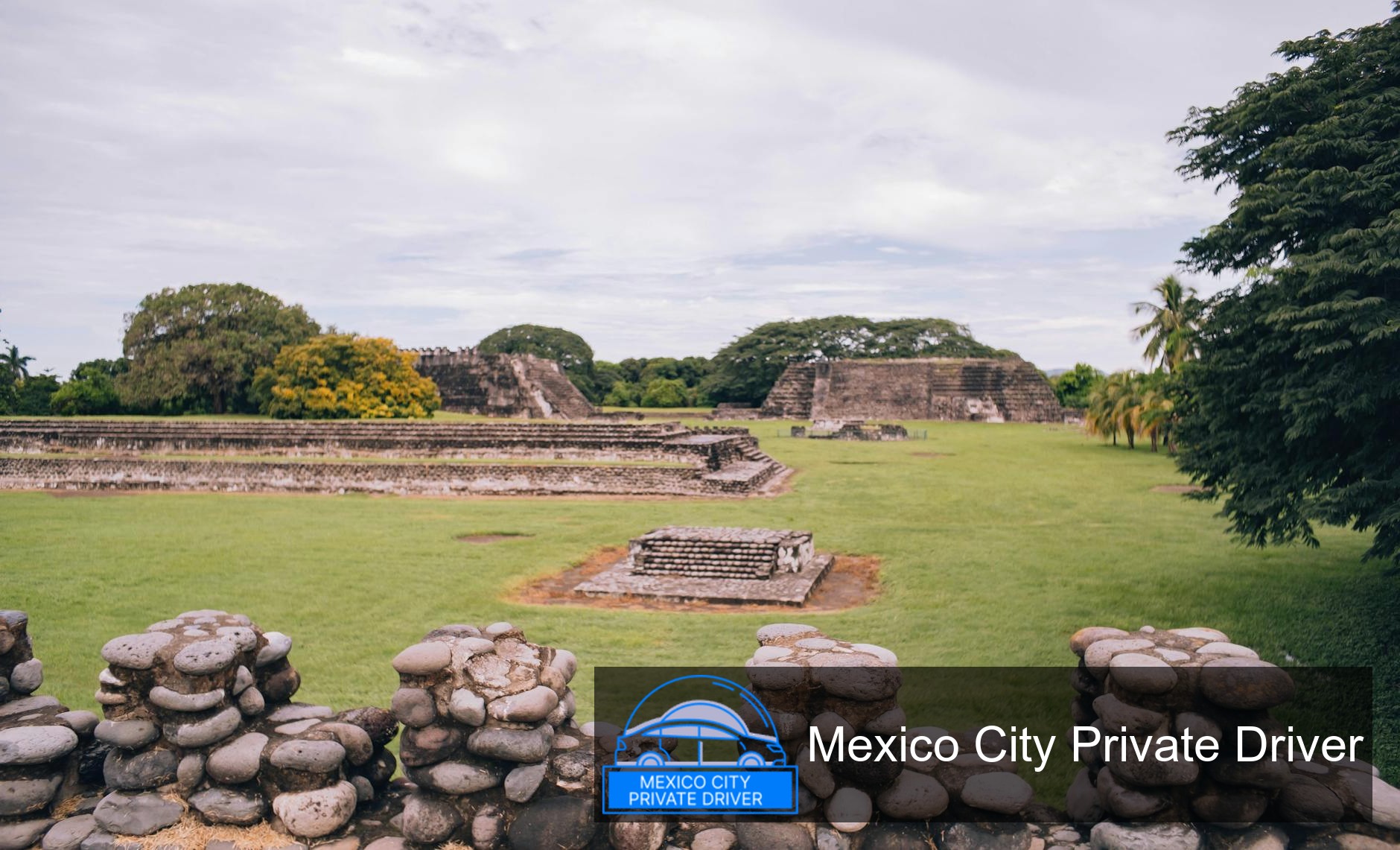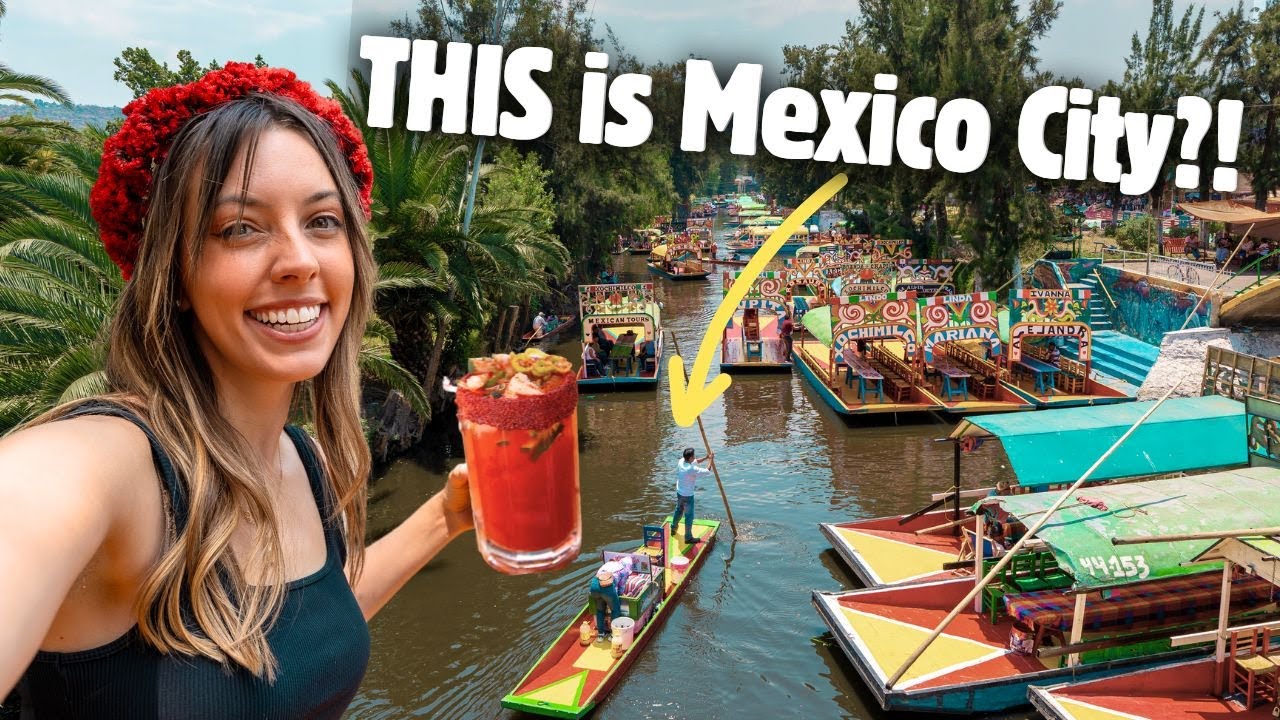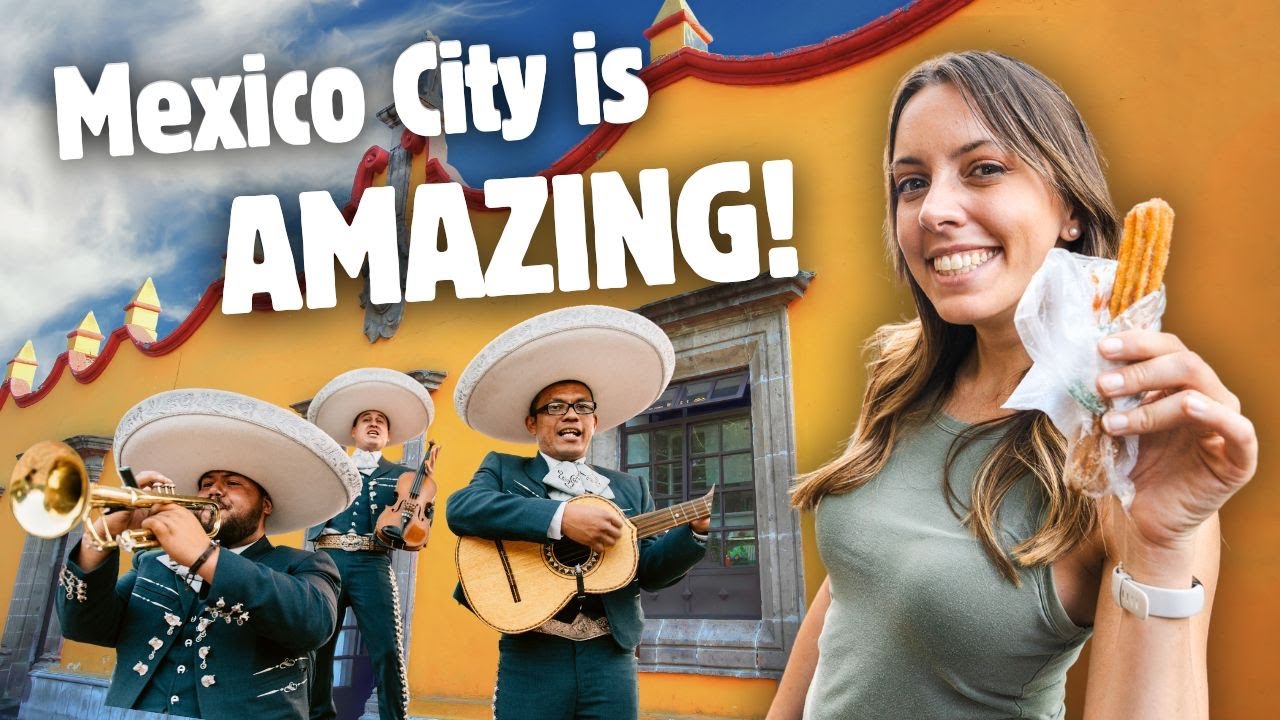TL;DR Estadio Azteca is Mexico City’s colossal, history-steeped stadium—opened in the mid-1960s, home to Club América and the Mexico national team, and the only stadium to host two FIFA World Cup finals (1970 and 1986). In 2025 you can join guided tours (field, locker rooms, press area), attend major matches and concerts, and expect modern event services thanks to multiple renovations. Practical tips: book tours via the stadium’s official (Estadio Banorte) site, arrive by light rail, bring ID and small cash, and check match‑day closures. I’ve visited several times and include the exact tour hours, ticket prices, historical highlights, booking steps, and FAQs below.
Estadio Azteca Mexico City: A Complete Guide to Tours, History, and Events in 2025
I write this from years of covering stadiums and attending events at Estadio Azteca. I’ve walked the tunnel, stood near the pitch, and felt the roar from the stands. Below I combine what I learned on the ground with official venue information to help you plan a visit in 2025.
Why Estadio Azteca matters
Estadio Azteca is often called “El Coloso de Santa Úrsula” because of its location and scale. It opened in the 1960s to prepare Mexico City for major international events, and its cultural weight comes from both sport and spectacle.
- Opening and architects: The stadium opened in May 1966. The lead architects were Pedro Ramírez Vázquez and Rafael Mijares (official historical records and architectural summaries attribute the design to them).
- Capacity and records: The modern seating capacity is listed around 87,500 spectators. Historically it held many more people—record figures cited for football and boxing exceed 119,000 and 132,000 at different times, when crowding onto the pitch and terraces was common (official and historical sources document these records).
- Unique World Cup legacy: Estadio Azteca is the only stadium worldwide to have hosted two FIFA World Cup finals (1970 and 1986), which is a rare distinction that cements its place in global soccer history.
- Iconic moments: From the “Game of the Century” in 1970 (Italy vs. West Germany semi‑final) to Julio César Chávez’s 1993 boxing night, the venue has been the setting for events that people still talk about decades later.
- Renovations: The stadium has been renovated multiple times (notably in the 1980s and later in 1999, 2013 and 2016), so while it retains its historic aura it also offers upgraded facilities for fans and event organizers.
Tours: what to expect and practical details
I’ve taken the stadium tour and recommend it for any football or history fan. The guided visits are focused, move at a steady pace, and include access to areas you normally only see on TV.
- What the tour covers: locker rooms, the playing field (you can step onto the turf on many tours), press room, the tunnel that players use (marathon tunnel), and commemorative plaques/badges. The official tour description lists those zones as standard stops.
- Duration and format: Tours are guided and relatively short—typically under 90 minutes—but allow for photos and questions.
- Prices (as listed by the stadium operator in 2025): adults ~150 MXN, children under 12 ~120 MXN, seniors ~100 MXN. These are official tour prices; always check the stadium’s site for updates.
- Hours: typical schedules are weekdays between 10:00–17:00 and weekends with earlier starts (weekends may start at 9:00 and run shorter hours). On match days the tour closes several hours before kickoff.
- Health & safety: the stadium historically published COVID-era hygiene guidance (masks, distancing, hand sanitizer); in 2025 many of those measures are relaxed but I advise checking current requirements before you go.
Events: more than just football
While football is the core identity—Club América and the Mexico national team play here—Estadio Azteca is a multi‑purpose venue.
- Football: Liga MX, international friendlies, and national team qualifiers are regular draws. The stadium’s acoustics and sheer volume of fans create an intimidating stadium atmosphere.
- International tournaments: beyond the two World Cup finals already hosted, the stadium has been selected for major matches repeatedly and is slated to host World Cup fixtures again for 2026 (ticket listings and event calendars for 2026 show multiple matches allocated to the venue; check official FIFA announcements for the final schedule).
- Boxing and historic spectacles: memorable boxing nights—most famously the Julio César Chávez fight—have set attendance records and local myths about the stadium’s capacity.
- Music and cultural events: the Azteca has hosted major international artists and high-profile cultural shows; the venue’s operator highlights testimonials from performers and athletes about its unique energy.
- Private and corporate events: the stadium rents spaces for launches, exhibitions, and private functions with configurable capacities and standing/field-level options.
One quick comparative look
| Stadium | Approx. Capacity | Opened | Notable fact |
|---|---|---|---|
| Estadio Azteca (Mexico City) | ≈ 87,500 | 1966 | Only stadium to host two FIFA World Cup finals |
| Camp Nou (Barcelona) | ≈ 99,000 | 1957 | One of the largest club stadiums in Europe (figures vary) |
| Wembley Stadium (London) | ≈ 90,000 | 2007 (current rebuild) | England’s national stadium; hosts major finals and concerts |
| Maracanã (Rio de Janeiro) | ≈ 78,000 | 1950 | Historic World Cup and Olympic venue (capacity changed after renovations) |
Note: capacities and opening years are approximate for comparative context—official figures can vary by source, and many venues have seen capacity changes after renovations.
Practical Guide
Below are step-by-step actions I use whenever I plan a visit to Estadio Azteca. Follow these for a smooth experience.
- Decide your purpose: Are you going for a guided tour, a Club América match, an international fixture, or another event? Tours and match tickets sell differently.
- Book via official channels: For tours and venue-specific events, I always use the stadium’s official site (the licensed “Estadio Banorte” portal) or trusted authorized sellers. This avoids scams and usually provides up-to-date tour hours and prices.
- Check the day’s schedule: Tours close several hours before match kickoff—confirm the calendar before you leave. For major matches or concerts, access points and local transit schedules change.
- Plan your transport: The stadium is served by the light rail (Estadio Azteca station). I prefer public transit on event days; it’s faster than parking and safer in heavy traffic. If you must drive, book parking early and allow plenty of buffer time.
- Bring essentials: ID, physical ticket (if required), a small amount of cash for vendors, a fully charged phone, and weather-appropriate clothing. On tour days bring a camera; on match days check the event’s camera policy.
- Arrive early: Gates and security checks can cause queues. For the best photos and to experience the pre-game atmosphere, arrive an hour or more early.
- Follow venue rules: Expect bag checks, restricted items, and staff direction. If you need accessibility services, request them in advance through official channels.
- Explore the neighborhood: Santa Úrsula is the district around the stadium—vendors and local food stalls give a more authentic match-day feel. I recommend modest purchases from vendors and staying aware of your belongings.
My inside tips from visiting
- Book a weekday tour if you want fewer crowds; weekend tours sell out fast when the stadium has other events.
- If you’re attending a match, try to sit in the lower tiers behind one goal for the most visceral fan noise; behind midfield gives better sightlines for the game.
- On hot days the stands can get intense; bring a hat and use sunscreen. The stadium’s design shades some sections more than others.
- Photography: tours usually permit photography on the field and in public areas; professional equipment rules can vary—ask ahead.
- If you want memorabilia, official club stores (Club América shop) near the stadium are safer and offer authentic merchandise.
FAQs
How much does the Estadio Azteca tour cost?
As of listings from the stadium operator, adult tickets are roughly 150 MXN, children under 12 about 120 MXN, and seniors around 100 MXN. Prices can change, so check the official Estadio Banorte booking page before you go.
What does the tour include — can I go onto the pitch?
Yes. Guided tours typically include the locker rooms, press room, the players’ tunnel and access to the playing field. You should be able to step onto the turf on most standard tours—photo ops included.
Is Estadio Azteca accessible by public transport?
Yes. The stadium is served by the city’s light rail (there’s an Estadio Azteca station). On event days public transit is the recommended option because of heavy road traffic and limited parking.
Will Estadio Azteca host matches in the 2026 FIFA World Cup?
Event calendars and ticket platforms list matches at Estadio Azteca for the 2026 tournament, and the stadium has been slated as a host for the 2026 World Cup. For the definitive match list and tickets, consult FIFA and the official tournament announcements.
How safe is the area and what should I watch out for?
Santa Úrsula is a busy stadium neighborhood on event days. I find that standard urban precautions apply: keep valuables secure, travel in groups if possible, use official taxis or ride-hailing apps after events, and follow venue staff instructions. Avoid excessive displays of expensive items in crowded vendor zones.
Are there any restrictions for cameras or professional gear?
Mobile photography for personal use is generally allowed on tours; restrictions on professional cameras or tripods can apply during events. If you plan to shoot professionally, request permission from the venue in advance.
Can I host a private event at Estadio Azteca?
Yes—the venue offers corporate and private event spaces, from field-level hospitality to suites and gallery areas. Contact the stadium’s events team via the official site to discuss capacity, costs, and available dates.
Final thoughts
Estadio Azteca is a living monument to sport and entertainment. Between its architectural pedigree, singular World Cup history, and continuing role as a major event venue, it’s worth a visit whether you’re a football obsessive or a cultural traveler. I’ve found that the official tour gives a genuine sense of scale and story, and that planning transport ahead is the key to a stress-free trip. If you’re planning a 2025 visit, book early, confirm schedules on the stadium’s official pages, and enjoy one of football’s great cathedrals.
If you want, I can check current tour availability and match schedules for specific dates in 2025 and list authorized ticket links—tell me the dates you’re considering and I’ll look them up.
Martin Weidemann is a digital transformation expert and entrepreneur with over 20 years of experience leading fintech and innovation projects. As a LinkedIn Top Voice in Digital Transformation and contributor to outlets like Forbes, he now brings that same expertise to travel and mobility in Mexico City through Mexico-City-Private-Driver.com. His focus: trustworthy service, local insights, and peace of mind for travelers.



